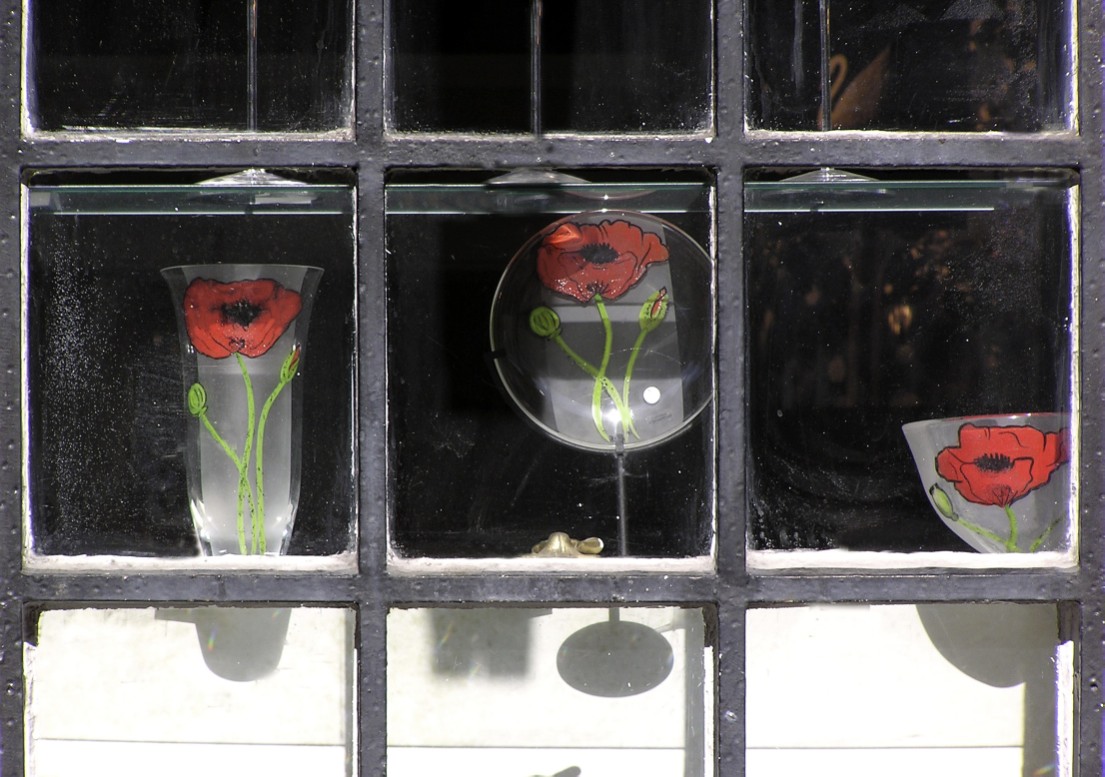
William Bergquist
Joe Luft’s original model contained four quadrants that represented the total person in relation to other persons. These four quadrants also define the essential features of the New Johari Window. The following definitions and principles are substantially the same as those presented in both On Human Interaction and his second major book, Group Processes:
Quadrant 1 (Q1): the open quadrant, refers to behavior, feelings, and motivation known to self and to others. [often called “public self”]
Quadrant 2 (Q2): the blind quadrant, refers to behavior, feelings. and motivation known to others but not to self. [often called “unaware self”]
Quadrant 3 (Q3): the hidden quadrant, refers to behavior, feelings, and motivation known to self but not to others. [often called the “private self”]
Quadrant 4 (Q4): the unknown quadrant, refers to behavior, feelings. and motivation known neither to self nor to others. [often called the “potential self”]
Following are the primary principles of change offered by Luft with regard to the Original Johari Model. They also informed the New Johari Window:
1. A change in any one quadrant will affect all other quadrants.
2. It takes energy to hide, deny, or be blind to behavior that is involved in interaction.
3. Threat tends to decrease awareness; mutual trust tends to increase awareness.
4. Forced awareness (exposure) is undesirable and usually ineffective.








